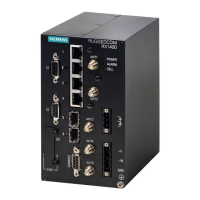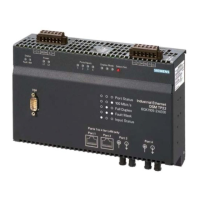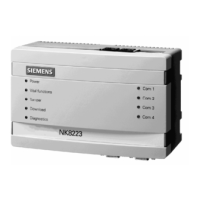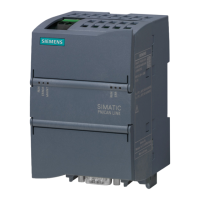RUGGEDCOM ROX II
CLI User Guide
Chapter 14
Network Redundancy
Adding a Port-Specific Multiple Spanning Tree Instance 651
2 128 auto-cost auto-cost
!
!
show running-config interface trunk id spanning-tree msti
Where:
• id is the ID given to the interface
If MSTIs have been configured, a table or list similar to the following example appears:
ruggedcom# show running-config interface trunks 1 spanning-tree msti | tab
INSTANCE MSTP
ID PRIORITY STP COST RSTP COST
------------------------------------------
1 128 auto-cost auto-cost
2 128 auto-cost auto-cost
!
!
If no MSTIs have been configured, add them as needed. For more information, refer to Section14.3.7.3, “Adding a
Port-Specific Multiple Spanning Tree Instance”.
Section14.3.7.3
Adding a Port-Specific Multiple Spanning Tree Instance
To add a Multiple Spanning Tree Instance (MSTI) for a switched Ethernet port or an Ethernet trunk interface, do
the following:
NOTE
RUGGEDCOM ROX II supports up to 16 MSTIs per port/interface.
1. Make sure the CLI is in Configuration mode.
IMPORTANT!
Since each MSTI acts as an independent RSTP instance, its configuration is similar to that of RSTP.
However, until one or more VLANs are mapped to an MSTI, an MSTI is considered to be inactive.
2. Add the MSTI by typing:
• For switched Ethernet ports:
interface switch slot port spanning-tree msti id
Where:
▫ slot is the name of the module location
▫ port is the port number (or a list of ports, if aggregated in a port trunk) for the module
▫ id is the ID for the Multiple Spanning Tree Instance
• For Ethernet trunk interfaces:
interface trunks id spanning-tree msti mstp-id
Where:
▫ id is the ID given to the interface
▫ mstp-id is the ID for the Multiple Spanning Tree Instance

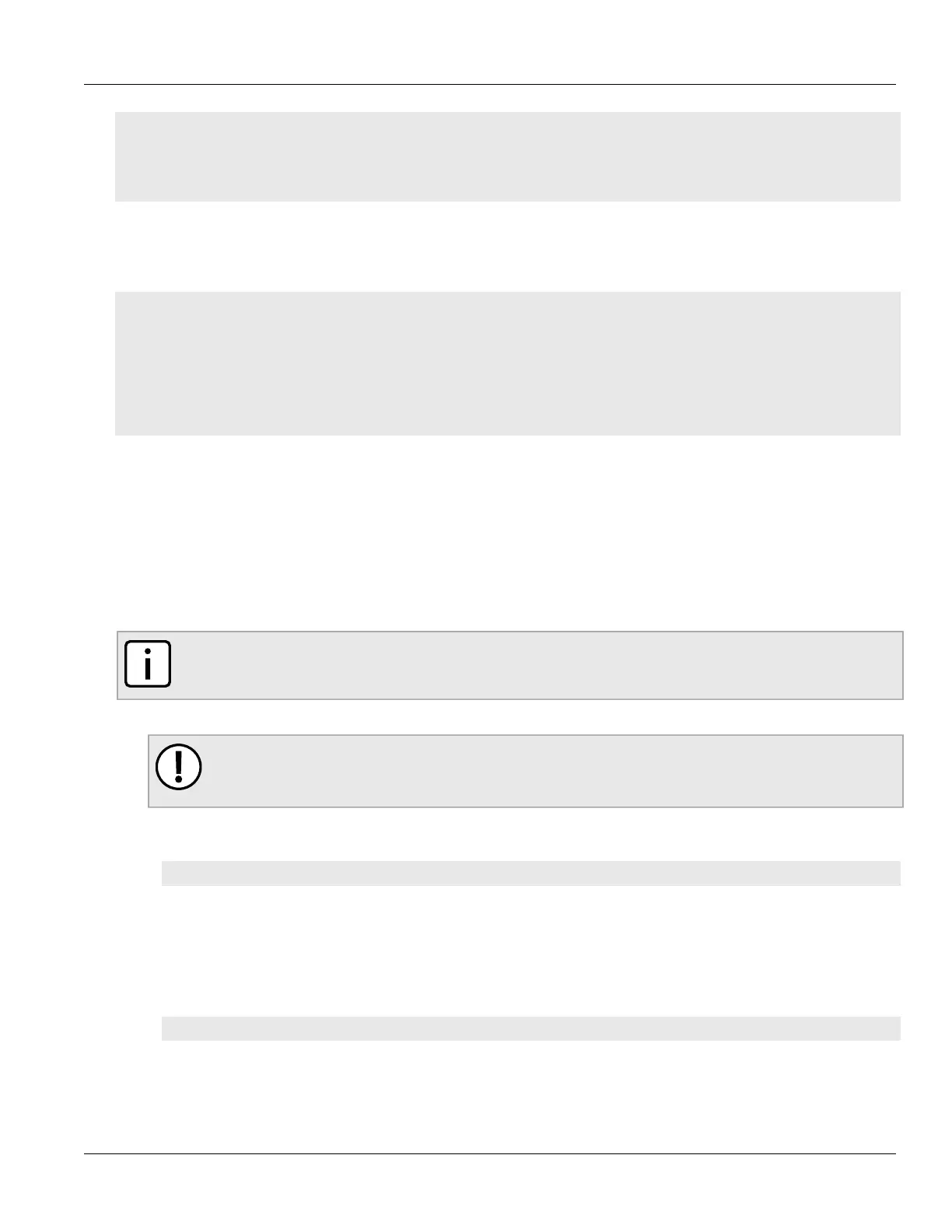